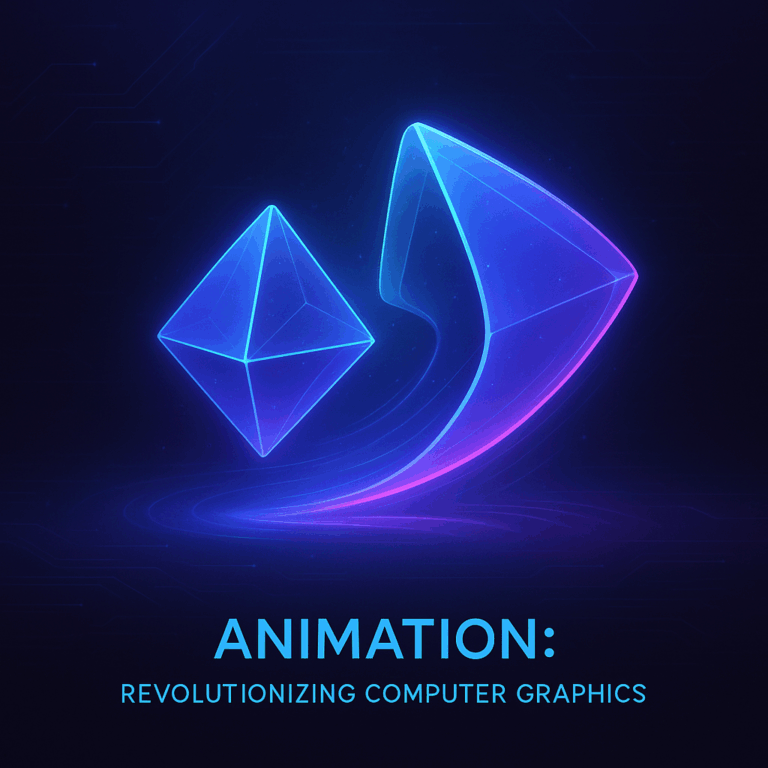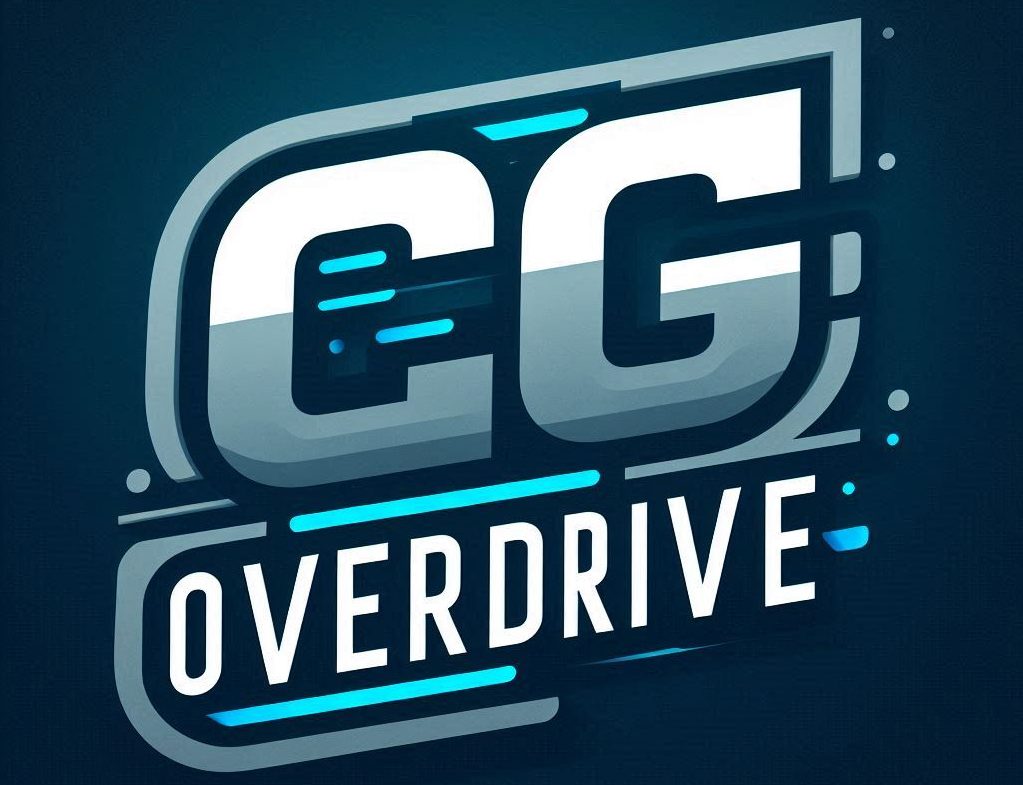The Transformative Role of Animation in the Computer Graphics Industry
Animation, a dynamic fusion of art and technology, stands at the heart of the computer graphics (CG) industry. Far beyond mere entertainment, animation is a powerful medium that shapes storytelling, architectural visualization, advertising, and multimedia experiences. It combines creativity and technical mastery, transforming abstract concepts into vivid narratives and immersive environments. As the CG industry evolves, animation continues to redefine visual expression and commercial communication. For professionals and enthusiasts alike, understanding animation’s pivotal role provides a pathway to innovation and impactful creation.
Why Animation Matters in the CG Ecosystem
Animation bridges imagination and reality, animating static designs and infusing life into digital worlds. Whether it’s in architectural walkthroughs, interactive multimedia projects, or eye-catching advertising campaigns, animation captures attention and conveys complex ideas in accessible forms. From subtle motion graphics to full-length cinematic experiences, it cultivates emotional connections and enhances information retention.
The business of computer graphics (CG) heavily relies on animation to add value, differentiate products, and engage audiences. Animation is not just visual flair—it’s a strategic tool that shapes user experience, brand identity, and product visualization.
Expert Insights into Animation’s Applications Across CG Domains
Animation’s versatility enables cross-pollination with architecture, multimedia, advertising, and business strategies:
– **Architecture:** Animation transforms blueprints and static models into interactive walkthroughs, simulating lighting, ambiance, and spatial dynamics, thus helping clients and designers visualize projects pre-construction.
– **Multimedia:** Integrating animation into multimedia storytelling enhances depth and engagement by combining sound, visuals, and interactivity, offering audiences richer, more memorable experiences.
– **Advertising:** Animations create compelling narratives, visualize product functionalities, and boost brand recognition by delivering captivating visual messages in a concise manner.
– **Business of CG:** From pitch presentations to client demos and training modules, animation elevates communication efficacy and supports market differentiation.
Building Blocks for Successful Animation in the CG Industry
Achieving mastery in animation requires balancing creative intuition with technical expertise. These core components serve as a foundation:
| Component | Description | Practical Tip |
|———————–|——————————————————————|—————————————————————————|
| **Storytelling** | Crafting narratives that resonate emotionally and intellectually | Begin with script development focusing on clear message and audience |
| **Design Principles** | Use of color, composition, and movement to create aesthetics | Study classic animation theory: squash and stretch, timing, anticipation |
| **Software Proficiency** | Mastery over industry-standard tools like Maya, Blender, After Effects | Stay updated with latest features and plugins; experiment regularly |
| **Technical Skills** | Understanding rigging, rendering, and coding | Collaborate with developers to integrate animations smoothly |
| **Feedback Loop** | Continuous refinement through critique and iteration | Establish peer review sessions and client walkthroughs |
Practical Strategies to Elevate Your Animation Work
1. **Immerse Yourself in Diverse Inspirations**
Explore animation beyond CG—hand-drawn techniques, stop-motion, experimental art—to enrich your creative vocabulary. Study works from Pixar, Studio Ghibli, and cutting-edge VR projects to understand various storytelling and technical styles.

2. **Implement Pre-visualization Techniques**
Utilize animatics and storyboards extensively before full production. This allows clearer narrative pacing and early identification of potential technical challenges.
3. **Leverage Real-world Physics and Motion Capture**
Adding realism through physics simulation and motion capture can enhance the believability of animated sequences without sacrificing artistic freedom.
4. **Optimize for Target Platforms**
Tailor animation resolution, frame rates, and interactivity according to whether the project is destined for mobile, desktop, VR, or broadcast to maximize performance and user experience.
5. **Collaborate Across Disciplines**
Animation rarely exists in isolation. Work closely with architects, multimedia designers, advertisers, and business strategists to ensure animations align with larger project objectives.
Framework for Evaluating Animation Tools in CG Projects
| Criterion | Description | Recommended Tools | Ideal Use Cases |
|———————–|———————————————————-|———————————|———————————–|
| **Ease of Use** | Intuitive interface and learning curve | Blender, Adobe Animate | Beginners, quick prototyping |
| **Feature Set** | Advanced rigging, physics simulation, rendering options | Maya, Houdini | Complex character and effects work|
| **Integration** | Compatibility with other CG software | 3ds Max, Cinema 4D | Projects requiring workflows across architecture and multimedia |
| **Cost Efficiency** | Licensing fees vs. features offered | Open-source vs. commercial | Budget-sensitive projects |
| **Rendering Speed** | Time required to produce high-quality frames | Unreal Engine, Redshift | Real-time visualization, advertising |
Animating Architecture: Bringing Designs to Life
Architectural visualization has been revolutionized by animation. A still render communicates little of space and mood; animation transforms it into a sensory journey.
– **Virtual Walkthroughs:** These enable clients to experience spatial layouts, lighting changes throughout the day, and material finishes dynamically.
– **Environmental Context:** Including urban surroundings, weather effects, and landscape animations situates buildings in realistic settings.
– **Conceptual Phases:** Abstract animations help communicate early design ideas, showing form evolution and spatial relationships in an engaging manner.
Practical advice for architects integrating animation:
– Maintain simplicity in early animations to focus on key design elements.
– Use annotated animations to highlight functional benefits or unique materials.
– Collaborate with specialists in both CG animation and architectural design for technical accuracy and aesthetic quality.
Animation Driving Multimedia Storytelling Forward
In the multimedia realm, animation enriches narratives by integrating motion with sound, interactivity, and user input. This synergy transforms passive viewers into active participants.
Key recommendations for multimedia animators:
– Design with interactivity in mind; animated assets should respond intuitively to user engagement.
– Synchronize soundscapes with animation timing to heighten emotional impact.
– Utilize branching animations for adaptive storytelling experiences in educational or entertainment platforms.
Animation as a Catalyst in Advertising
Advertising thrives on capturing audience attention quickly and memorably. Animation distills complex product benefits into digestible, vivid visuals that resonate psychologically.
Successful animation uses in advertising include:
– **Brand Mascots and Characters:** Personify brands through appealing animated figures that foster loyalty.
– **Explainer Videos:** Simplify technical products or services with clear, attractive animation sequences.
– **Dynamic Logos and Motion Graphics:** Increase brand recognition through subtle, repeated animation cues.
Creative marketers should focus on concise storytelling, striking visual identity, and seamless integration with campaign channels such as social media, TV, and web.
Exploring the Business of Computer Graphics Through Animation
Understanding animation’s role in the business landscape of CG is essential for sustainable success.
– **Client Communication:** Animated demos streamline pitching complex ideas by making concepts tangible and engaging.
– **Training and Education:** Animation enhances learning modules, enabling clearer instruction and retention.
– **Market Differentiation:** Studios leveraging innovative animation styles and technology attract premium clients and projects.
Budgeting tips for animation projects:
– Allocate 20-30% of total project time to pre-production planning and storyboarding.
– Invest in training for emerging animation tools to maintain competitive advantage.
– Monitor project scope tightly to avoid costly overruns caused by animation complexities.
Empowering Your Journey in CG Animation
Embracing animation as a core skill within the computer graphics industry invites endless creative opportunities and professional growth. Whether weaving animated narratives, visualizing architectural dreams, enriching multimedia, or energizing advertising efforts, animation is a beacon of innovation.
Stay curious, remain disciplined in your craft, and foster collaboration. The fusion of artistry and technology at animation’s core promises a future where digital experiences continuously evolve—animated by your vision.

